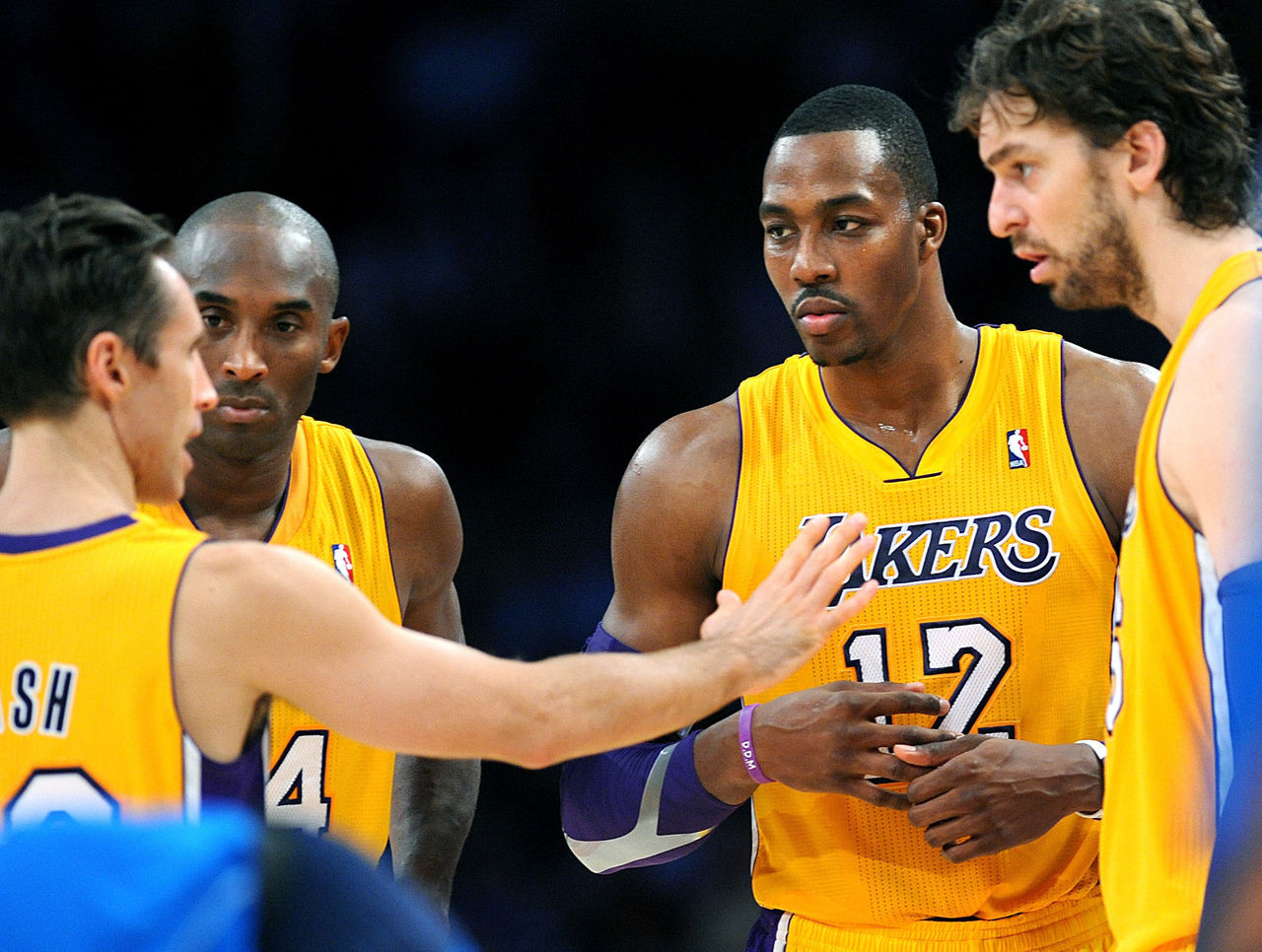How the Warriors compare to super teams of the past
The Golden State Warriors' blockbuster addition of Kevin Durant is a little different from the NBA's so-called "superteams" of yesteryear.
Actually, it's a lot different - it blows them away.
Durant, the 2014 MVP, joins Stephen Curry - winner of the two MVP awards since. Add a positional wunderkind in Draymond Green, one of the greatest pure shooters of his time in Klay Thompson, and a player in Andre Iguodala who would be a starter and probably an All-Star if he played anywhere else, and you have a virtually unprecedented wealth of talent on one team.
Five Hall of Famers on the 1986 Boston Celtics, you say? It is possible there could be five future Hall of Famers on the 2017 Warriors. The team now has four All-NBA players between the ages of 25 and 28.
Sure, the bench is thin. But it won't be hard to attract veterans ready and willing to take discounts to play on what figures to be one of the greatest teams in NBA history. Even inactive players want in. Thirty-seven-year-old Jermaine O'Neal, who hasn't played a NBA game in over two years, is already offering his services.
So how do these Dubs on paper stack up with the recent superteams? Probably pretty well, because the others didn't necessarily ensure titles. The Warriors have already revolutionized the league, winning 140 games and a championship in the last two seasons - and that's before essentially replacing Harrison Barnes with Durant.
2012-13 Lakers

The most epic fail of the superteam experiments. Dwight Howard had never been forced to share a locker room with someone like Kobe Bryant before, and Steve Nash went down in the second game of the season. Replacing coach Mike Brown with Mike D'Antoni did little as a team that was supposed to contend for a title barely made the playoffs.
A season-ending ruptured Achilles on April 12 also marked the beginning of the end for Bryant. This was the last season he averaged more than 23 points a game and shot over 45 percent from the floor.
2011-14 Heat
To date, the vanguard of the NBA superteam. It took the triumvirate of LeBron James, Dwyane Wade, and Chris Bosh a full season - and a Finals loss to the Dallas Mavericks - to properly gel and get it right, but once they did, they were dominant.
Where James and Wade tripped over each other as wing players in year one, James went on to play the most efficient ball of his career after that - mostly at power forward. The 2012-13 edition of the Heat won 27 games in a row, the second-longest winning streak in NBA history.
2007-12 Celtics

Danny Ainge's coup to land Kevin Garnett and Ray Allen alongside Paul Pierce in the summer of 2007 paid instant dividends with the Boston Celtics' first NBA title in 22 years. Garnett's focus shifted to shutdown defender, while Pierce and Allen worried about the scoring.
The union produced only one championship, however. The Celts were shocked in the playoffs by Howard's Orlando Magic the following season, and in 2010 fell to the Lakers in the Finals.
2003-04 Lakers
Despite Hollywood's ability to manufacture magic, the Lakers don't have a great history contriving superteams. In the NBA's first real incarnation of a powerhouse adding extra superstars, the Shaquille O'Neal/Kobe Bryant axis brought in Karl Malone and Gary Payton in the summer of 2003.
While that's four Hall of Famers when all is said and done, age and injuries caught up with the 40-year-old Malone. At the same time, O'Neal and Bryant were at each other's throats to the point that the former reportedly threatened the latter with homicide. While the team reached the NBA Finals, they were manhandled by the Detroit Pistons in five games.